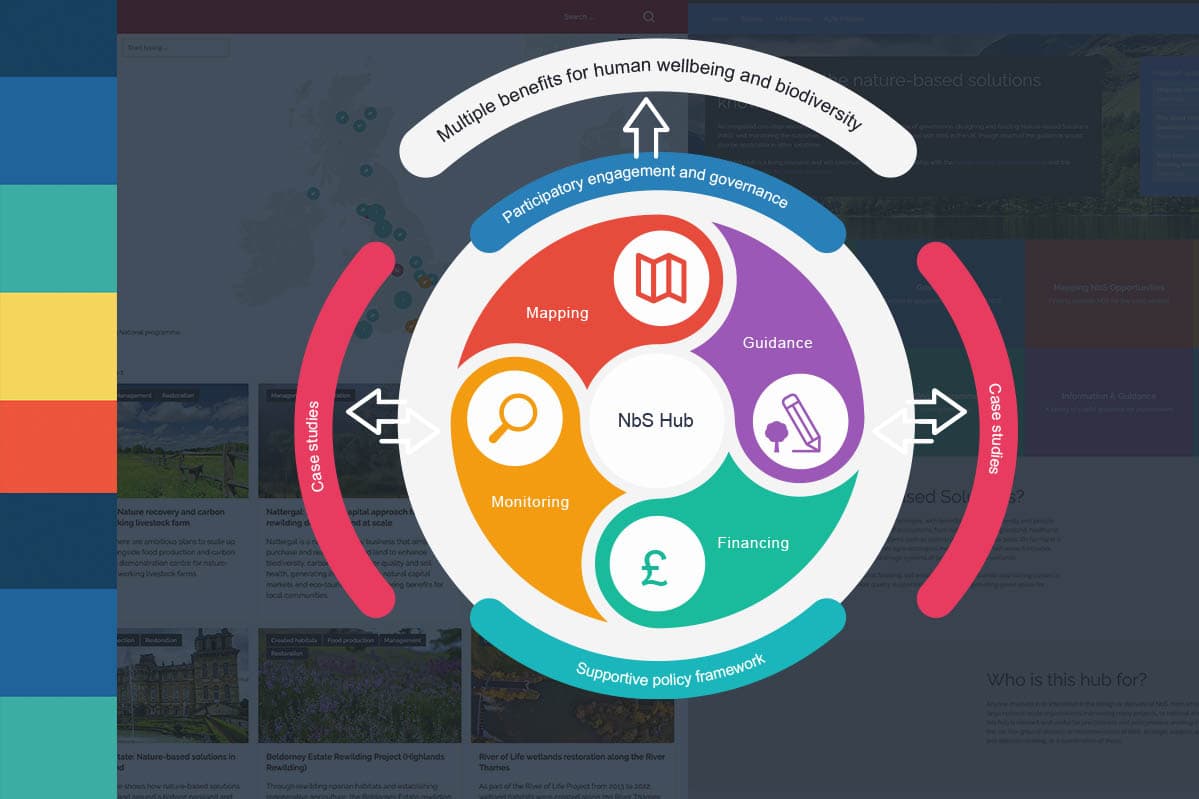Nature-based Solutions can help cool the planet – if we act now

This publication in Nature clarifies the role of NbS in climate change mitigation by presenting the projected effect of worldwide implementation of NbS on global temperatures. This approach differs from previous calculations of the climate change mitigation potential of NbS, which have focused solely on the amount of carbon that NbS could remove from the atmosphere. The analysis shows that although NbS have an important role to play in climate change mitigation up until 2050, their greatest contribution will be in the second half of this century, but to reap such benefits the processes of ecosystem protection, management and restoration must be initiated as soon as possible.
The new model estimates that if NbS are ramped up by 2025, assuming that only NbS with a cost of up to $100/tCO2 are implemented, then they could remove 10 GtCO2 from the atmosphere each year over coming decades. To put this figure in context, the global annual emissions from the transport sector were 8 GtCO2 in 2018. The the global mitigation potential of NbS comes 50:50 from avoided emissions and enhanced carbon sinks. Although restoration of ecosystems has gained the most public attention, the calculations show that restoration of forests and wetlands is responsible for sequestering carbon by only 2 GtCO2/yr. The bulk of mitigation potential actually comes from protection of intact forests, wetlands and grasslands (4 GtCO2/yr) and improved management of croplands, grazing lands and timber production (4 GtCO2/yr). 85% of the land requirement for this scenario would involve improving management of agricultural land, grazing pastures and forests, rather than changing land use altogether.
The authors modelled the effect of this scale of implementation on the “peak temperature” reached this century. This revealed that if non-NbS actions to reduce emissions managed to limit the peak of warming to a 1.5°C rise by 2055, then the additional implementation of NbS could reduce this warming by 0.1°C. In other words, NbS could allow us to peak at just 1.4°C of warming, keeping us well within Paris Agreement Targets. In contrast, if non-NbS actions limited peak warming to a 2°C rise by 2085, then implementation of NbS could reduce this warming by 0.3°C, i.e. reducing peak warming to 1.6°. Furthermore, NbS would continue to cool the atmosphere after peak warming has been reached. For example, in the 1.5°C scenario above, NbS would reduce warming by a total of 0.4°C by 2100, bringing temperature rise back down to under 1°C.
The overarching message is that the potential of NbS for slowing climate change is small compared to what can be achieved by cutting emissions across all sectors of the economy. However, so long as such emissions cuts do take place, NbS can substantially reduce the amount by which global temperatures rise. Upscaling NbS must also, crucially, follow best practice to ensure they provide their additional promised benefits in terms of climate change adaptation, enhancing the lives of local communities, and supporting healthy, resilient ecosystems.
This paper is the culmination of a team effort including Cécile Girardin (NbSI Technical Director) as lead author and Nathalie Seddon (NbSI Director).




